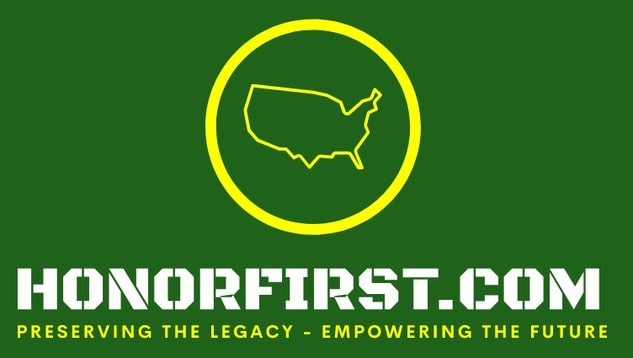June 4 - June 10IntroGood Morning! Welcome to another This Week in USBP History! Today's intro is about the CBP polygraph. The High Cost of Doubt: The Impact of the Polygraph Test on U.S. Border Patrol Staffing
This is a matter of deep concern, as the USBP forms approximately 40% of the CBP's workforce. Regrettably, the number of Border Patrol agents has been dwindling due to problems with staff retention and a mounting difficulty in hiring new personnel. Projections for the USBP's future are bleak, as we face a worrying trifecta of circumstances. First, overall morale within the USBP is on a downturn. Second, an increasing number of discretionary retirements and departures are further depleting our ranks. Lastly, a substantial chunk of agents that were hired during the hiring surge of 2006-2010 are nearing their retirement age, which adds a ticking clock to an already tense situation. A statistic that starkly highlights the severity of the issue is that a mere 2% of applicants successfully navigate the recruitment process to become a Border Patrol Agent. 98% of applicants fail to become Border Patrol Agents! This startling figure is a testament to the systemic challenges that are preventing our efforts to bolster the USBP's ranks.
During the Fiscal Year 2022 recruitment cycle, it became evident that a significant portion of candidates were unable to pass the polygraph test or chose to exit the process at this stage. This fact is especially striking considering that about three-quarters of those who reached this point were no longer considered for the positions, primarily due to their performance on the polygraph test or their decision to withdraw. While the polygraph test is mandated by the Anti-Border Corruption Act of 2010 (codified in 6 U.S. Code § 221), the high rate of failure or withdrawal raises questions, not necessarily about the validity of the polygraph itself, but rather about the administration of the test by the OPR. Psychologists generally agree that polygraph tests, while not foolproof in detecting deceit, can serve as stress detectors, given that they measure various physiological reactions incited by a wide range of emotions. If administered appropriately, the polygraph test could be a useful tool in the recruitment process. However, the current administration methodology employed by the OPR appears to be creating a significant barrier for otherwise eligible and enthusiastic candidates. This issue further complicates the already challenging task of alleviating the staffing shortage at USBP. Taking A Closer Look Even more troubling is the realization that the polygraph examination does not stand in isolation. It is but one component in a series of rigorous steps that each applicant must successfully navigate. Each of these stages presents its own unique set of challenges and discontinuation rates. Undeniably, the polygraph stage has the highest discontinuation and failure rate. However, it's crucial to understand that the cumulative effect of these multiple stages creates an extremely narrowed funnel. This system, in its entirety, filters out a staggering majority of the candidates. As mentioned before, 98% of individuals who initiate the process to become a Border Patrol agent fall short of completing it! This is not just a statistic, but a daunting reality that underscores the urgent need for reform. The Need for Change In light of these considerations, it is apparent that a reform of the current hiring process is required. It's crucial to devise a method that remains within the confines of the Anti-Border Corruption Act of 2010 but does not needlessly impede the hiring of competent candidates. Possible modifications could include a comprehensive review and update of the polygraph procedures, further training for examiners to increase consistency in administering the tests, and enhanced oversight to ensure the integrity of the process. Moreover, the implementation of more reliable and accurate lie detection technologies, such as those based on functional brain imaging, may be worth exploring. Call to Action The issue at hand is not just about staffing numbers; it's about the security of our borders and, ultimately, the security of our nation. It is imperative that we strike a balance between due diligence in hiring and the operational needs of the USBP. For current and former Border Patrol agents, this issue affects us all. Share this blog, discuss these concerns, and let's advocate for a more effective, equitable, and efficient hiring process. The future of the U.S. Border Patrol depends on it! This week, we embark on a captivating journey through the U.S. Border Patrol's storied past. Witness the genesis of the Border Patrol from Frank Berkshire's pioneering 1918 proposal, then journey through its evolution under the watchful eyes of leaders such as Willard Kelly and Ruel Davenport. Experience the adrenaline of a 1920s gunfight with smugglers near El Paso, examine the profound impact of Henry Carpenter Smither Sr.'s border patrol consolidation efforts, and celebrate the formation of the USBP Pistol Team in the mid-1930s. Leap to the innovative 1950s with Kelly's unique vision for a new training school, then fast-forward to the 21st century. We'll conclude with a tale of exceptional professional dedication from Border Patrol Agent Shon McNeal in 2021. His swift, lifesaving actions at a vehicle accident scene exemplified the service ethos of the Border Patrol. Dive into these intriguing tales and more in this week's historical exploration! We remember two of the Patrol's heroes on the anniversary of their Newton-Azrak Award actions. During this week, we solemnly remember Douglas C. Shute and James M. Carter, who tragically lost their lives in the same incident in 1956. It is with a heavy heart that we acknowledge the nine separate occasions on which the USBP has experienced the devastating loss of two Agents/Inspectors in a single event, totaling 18 fallen. We honor their memory and sacrifice, with their names listed below:
Enjoy and have a great week! Cliff P.S. - As an open and continuous invitation to current and former USBP employees, I am always accepting photos to post in the USBP Photo Galleries and in the Upholding Honor First pages. I sure would appreciate you visiting those pages and sending me anything that you think I could post (just send them to [email protected]). As always, make sure to explore all of the hyperlinks to the documents and pages. Finally, please forward this blog to whomever you think may enjoy it. ESPRIT DE CORPSThe workplace climate resulting from a combination of organizational pride and employee morale.
Esprit de corps is reinforced through the shared goals, mission and values of the organization and its employees. The definition turns Esprit de Corps into a simple formula and defines parts that comprise organizational pride and employee morale. Esprit de Corps = Organizational Pride + Employee Morale Esprit de Corps is the key to a healthy organization and engaged employees. Honor First is foundational to the Border Patrol's organizational pride and integral to its Esprit de Corps. THROWBACK PHOTO OF THE WEEKPresident Kennedy Greeting Patrol Inspectors during a Visit to El Paso, TX, June 6, 1963
DOCUMENTS AND EVENTS1918
1922
1924
1926
1927
1929
1933
1935
1950
1954
2021
NEWTON-AZRAK AWARD |
Clifford GillBlog author, retired U.S. Border Patrol Assistant Chief and, current U.S. Border Patrol employee advocate. Ray HarrisSite founder and owner, former Supervisory Border Patrol Agent and retired Immigration Special Agent. Joseph BancoU.S. Border Patrol historian and retired Deputy Chief Patrol Agent. Archives
July 2024
I prefer that you leave comments. However, if you wish to contact me, please do so by emailing [email protected].
|
- Home
-
For USBP Applicants
-
USBP Pages and Links
- Firearms Qualification Course
- Military Time Buy Back
- Station MWRs
- Transitioning Out of the USBP
- Fast & Furious
- U.S. Border Patrol Fallen >
- Honor First and Esprit de Corps
- USBP Photo Galleries
- U.S. Border Patrol History >
- U.S. Border Patrol Honorary Awards
- Upholding Honor First >
- U.S. Border Patrol Authorized Devices
- Border Patrol Stories
- What's Important Now - Academy Podcast
- Badges
- Veterans
- Tips for the Media
- Links
- Acronyms
- Border Patrol Locations
- Sector/Station FaceBook Pages
- Ten Codes
- Online Forums
- Search
- Home
-
For USBP Applicants
-
USBP Pages and Links
- Firearms Qualification Course
- Military Time Buy Back
- Station MWRs
- Transitioning Out of the USBP
- Fast & Furious
- U.S. Border Patrol Fallen >
- Honor First and Esprit de Corps
- USBP Photo Galleries
- U.S. Border Patrol History >
- U.S. Border Patrol Honorary Awards
- Upholding Honor First >
- U.S. Border Patrol Authorized Devices
- Border Patrol Stories
- What's Important Now - Academy Podcast
- Badges
- Veterans
- Tips for the Media
- Links
- Acronyms
- Border Patrol Locations
- Sector/Station FaceBook Pages
- Ten Codes
- Online Forums
- Search
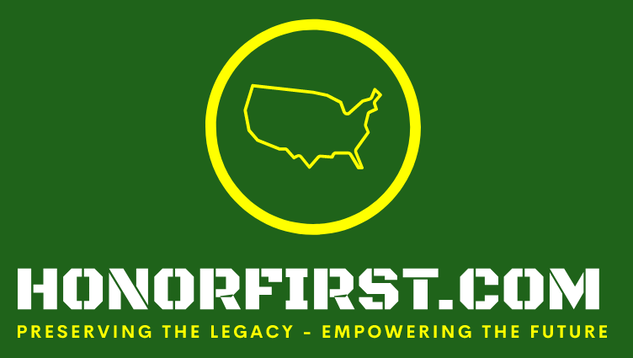

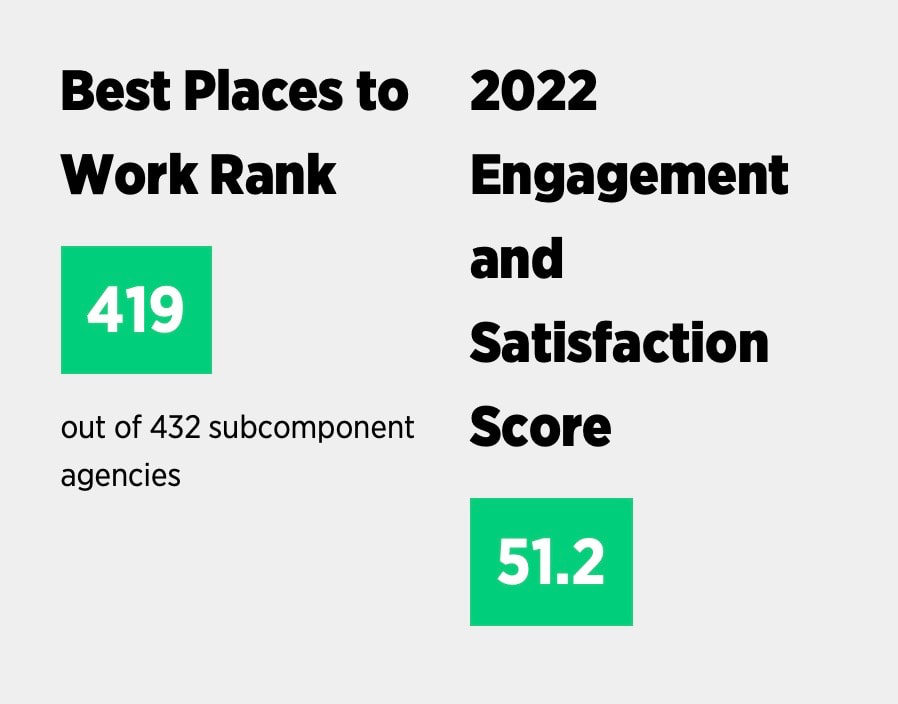
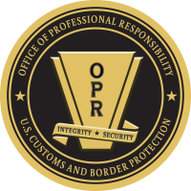
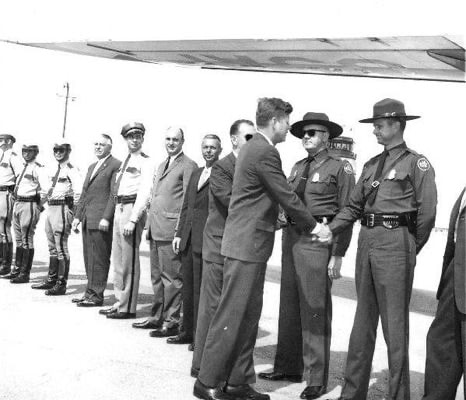
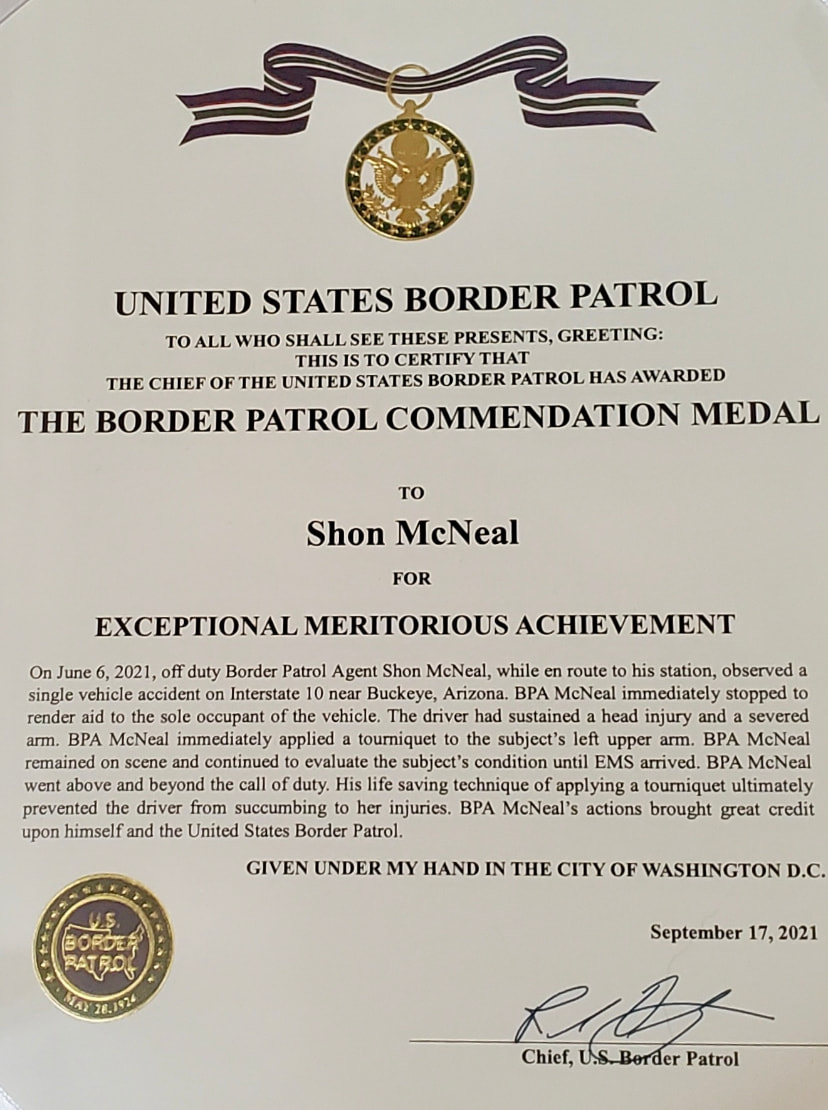
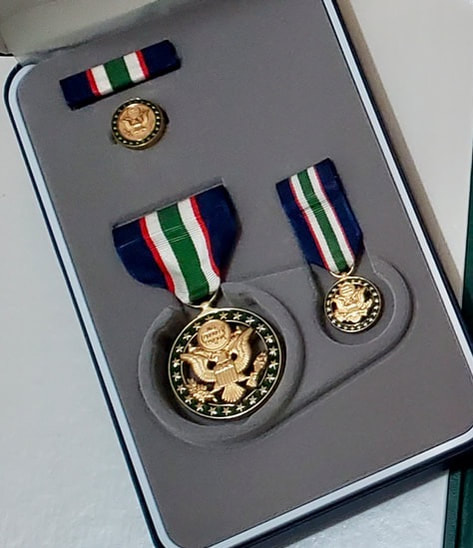
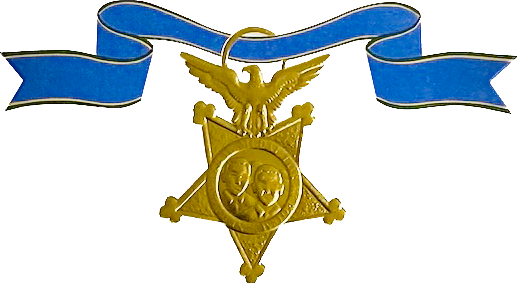
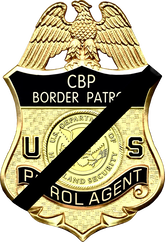
 RSS Feed
RSS Feed
